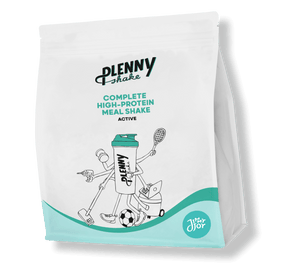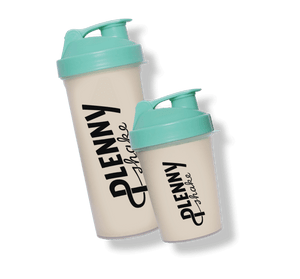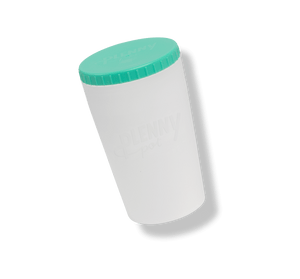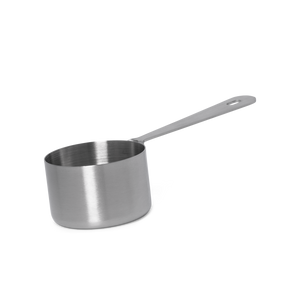THIS IS AN OLD FORMULA. FOR THE LATEST PLEASE VISIT: https://jimmyjoy.com/pages/health-nutrition
Plenny Shake is a complete vegan meal in various flavours. One portion of Plenny Shake v2.1 provides 400 kcal: 32% from fat, 44% from carbs and 20% from protein. It provides 20% of all recommended daily nutrients, coming from proteins, carbohydrates and fats, and all the 26 essential vitamins and minerals that your body needs to function well.
Nutritional breakdown
| Nutrition | Value | RDA (%) |
| Energy | 400 kcal / 1674 kJ | 20% |
| Fat | 14 gram | 20% |
| From which saturated fats | 2,1 gram | 11% |
| Monounsaturated fats | 5,1 gram | |
| Polyunsaturated fats | 6,5 gram | |
| Carbohydrate | 45 gram | 17% |
| From which sugar | 4,5 gram | 5% |
| Fibers | 8,0 gram | |
| Protein | 20 gram | 40% |
| Salt | 0,3 gram |
Ingredients
- Fine milled oats
- Full fat toasted soy flour
- Sunflower oil
- Golden flaxseeds
- Inulin
- Vitamin and mineral mix
- Maltodextrin
- Soy Protein Isolate
- Fruit powders
- Cocoa powder
- Sweetener: sucralose
Macronutrients
Proteins
The protein in Plenny Shake is provided by the soy protein isolate, oats, soy flour and flaxseeds. Each portion of Plenny Shake provides a good 20 gram of protein, so that you get what is daily recommended. [1] We use soy as the main protein source because of its high digestibility equal to that of whey protein. [2] In combination with the other protein sources, the following amino acid profile is achieved:
| Amino Acid | Gram per bag of Plenny Shake |
| Histidine | 2,09 gram |
| Isoleucine | 4,29 gram |
| Leucine | 7,40 gram |
| Lysine | 6,23 gram |
| Methionine and Cystine | 2,87 gram |
| Phenylalanine and Tyrosine | 6,81 gram |
| Threonine | 4,28 gram |
| Tryptophan | 1,27 gram |
| Valine | 4,38 gram |
The amino acid profile of the Plenny Shake meets the daily recommended dosage of every amino acid. [1] A meal such as Plenny Shake which is high in protein can give a long satiety feeling because protein takes longer to digest than carbohydrates. [3]
Carbohydrates
The major amount of carbohydrates in our product comes from oats (53%), maltodextrin (28%) and sunflower oil (12%). Oats are especially interesting since they show a low Glycemic Index, meaning that the glucose levels in your blood will be stable and so the energy levels. [4] In contrast to oats, maltodextrin provides a high glycemic index, which we added to balance the types of carbohydrates in our product. This combination makes you have a slow release of energy from the oats and a fast energy boost from the maltodextrin.
Fibers
The main sources of fibers in our products are inulin (31%), oats (16%), soy (45%) and flaxseed (6%). They help in lowering the blood pressure and reducing the transit time of your stools. In particular we added inulin to increase the amount of fibers per portion and achieve a wider variety of fiber sources. [5] Inulin is extracted from chicory, which sounds likes we brutally operated on a Pokémon but we didn’t, chicory is a plant. If you are curious to know more, check our blog for more info about the fibers in our product.
Fats
Most of the fats come from sunflower oil (38%). Sunflower oil has mainly monounsaturated fats and a great amount of omega-6 and omega-3. Your body can't make these omega 3 and 6 on its own; reason to which it must get them from food. Next to the sunflower oil we add soy flour which consist of 40% fats and provide 36% of the Plenny Shake powder total fats . The majority of the fats in soy flour are also monounsaturated fats and provide a big chunk of omega-6. For the omega-3 in the form of alpha-linoleic acid (ALA) we add golden flaxseed since it is very high in ALA and linoleic acid (omega-6). Lastly the oats (16% of total fats) help a little bit out with the fat content of the product. Fat has a low direct effect on blood sugar levels, it is a major energy source for your body and it helps you absorb vitamins and nutrients.
Vitamins and minerals
The vitamin and mineral mix that we add to the product provides all the needed 26 micronutrients. We use the most bioavailable forms of the micronutrients, so that your body can absorb each bit of all the vitamins and minerals easily and at the highest rate. For instance, we add vitamin D in the form of cholecalciferol (D3) and vitamin K in the form of K2 MK7. [6-7]. We add a large amount of vitamin C as well as B12. [8] This is because the absorption rate is taken into account. [3-13] Finally, our Plenny Shake does not have fluoride even though it is on the recommended daily nutrients' list stated by the World Health Organisation. It is recommended to combat tooth cavities but using toothpaste with fluoride is the best method, which is why we choose not to include it.
Some of our sources
- The World Health Organization, & United Nations University. (2007). Protein and amino acid requirements in human nutrition (Vol. 935). World Health Organization.
- Slavin J. Nutritional benefits of soy protein and soy fiber. J Am Diet Assoc. 1991 Jul;91(7):816-9. Review. PubMed PMID: 1649210.
- Halton, T. L., & Hu, F. B. (2004). The effects of high protein diets on thermogenesis, satiety and weight loss: a critical review. Journal of the American College of Nutrition, 23(5), 373-385.
- Foster-Powell K, et al. International table of glycemic index and glycemic load values: 2002. Am J Clin Nutr. 2002; 76 (1):5-56
- Anderson, J. W., Baird, P., Davis, R. H., Ferreri, S., Knudtson, M., Koraym, A., ... & Williams, C. L. (2009). Health benefits of dietary fiber. Nutrition reviews, 67(4), 188-205.
- Lehmann, U., Hirche, F., Stangl, G. I., Hinz, K., Westphal, S., & Dierkes, J. (2013). Bioavailability of vitamin D2 and D3 in healthy volunteers, a randomized placebo-controlled trial. The Journal of Clinical Endocrinology & Metabolism, 98(11), 4339-4345.
- Schurgers, L. J., Teunissen, K. J., Hamulyák, K., Knapen, M. H., Vik, H., & Vermeer, C. (2007). Vitamin K–containing dietary supplements: comparison of synthetic vitamin K1 and natto-derived menaquinone-7. Blood, 109(8), 3279-3283.
- Levine, M., Conry-Cantilena, C., Wang, Y., Welch, R. W., Washko, P. W., Dhariwal, K. R., ... & Cantilena, L. R. (1996). Vitamin C pharmacokinetics in healthy volunteers: evidence for a recommended dietary allowance. Proceedings of the National Academy of Sciences, 93(8), 3704-3709.
- Mustafa Vakur Bor, Kristina M von Castel-Roberts, Gail PA Kauwell, Sally P Stabler, Robert H Allen, David R Maneval, Lynn B Bailey Ebba Nexo. Daily intake of 4 to 7 µg dietary vitamin B-12 is associated with steady concentrations of vitamin B-12–related biomarkers in a healthy young population“ Am J Clin Nutr 2010 91: 3 571-577; First published online January 13, 2010. doi:10.3945/ajcn.2009.28082.
- Vogiatzoglou A, Smith AD, Nurk E et al. Dietary sources of vitamin B-12 and their association with plasma vitamin B-12 concentrations in the general population: the Hordaland Homocysteine Study. Am J Clin Nutr 2009;89:1078–87.
- Bor MV, Lydeking-Olsen E, Møller J, Nexø E . A daily intake of approximately 6 micrograms vitamin B-12 appears to saturate all the vitamin B-12-related variables in Danish postmenopausal women. Am J Clin Nutr 2006;83:52–
- Kwan LL, Bermudez OI, Tucker KL. Low vitamin B-12 intake and status are more prevalent in Hispanic older adults of Caribbean origin than in neighborhood-matched non-Hispanic whites. J Nutr 2002;132:2059–64.
- Tucker KL, Rich S, Rosenberg I, et al . Plasma vitamin B-12 concentrations relate to intake source in the Framingham Offspring study. Am J Clin Nutr 2000;71:514–22.








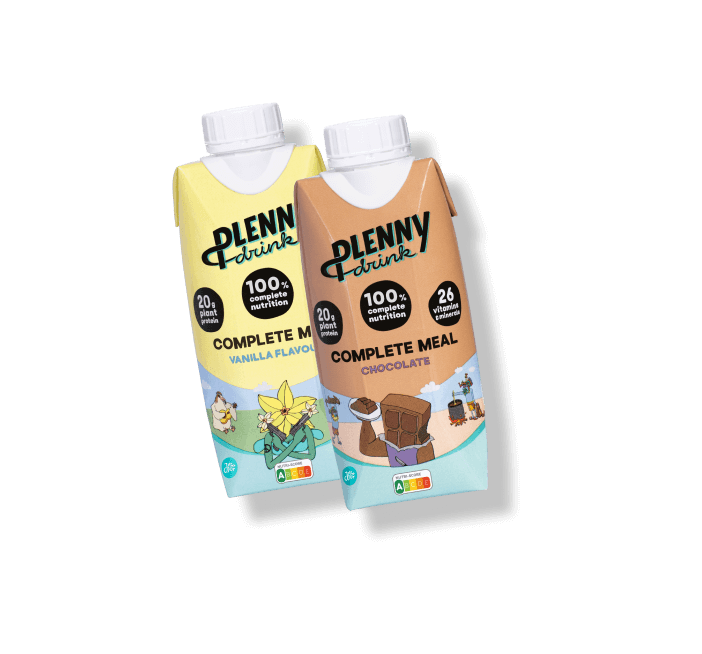












 Product added to cart
Product added to cart




